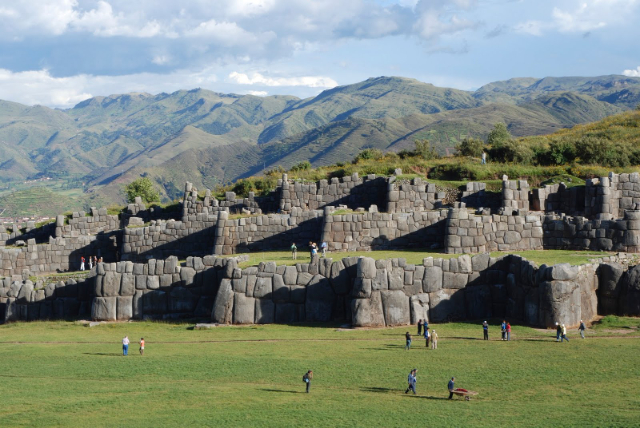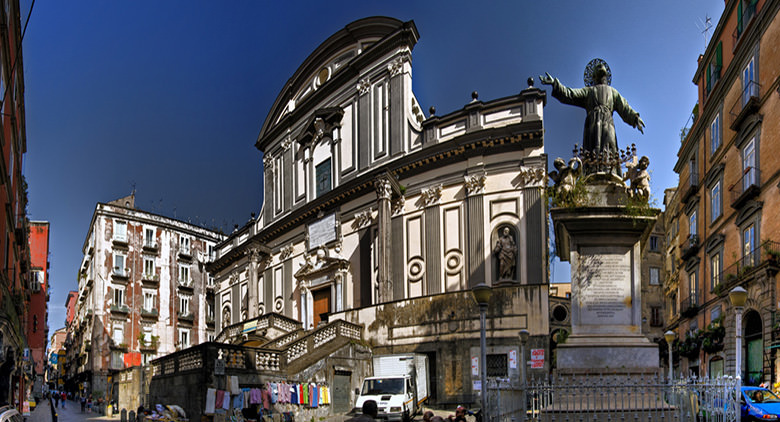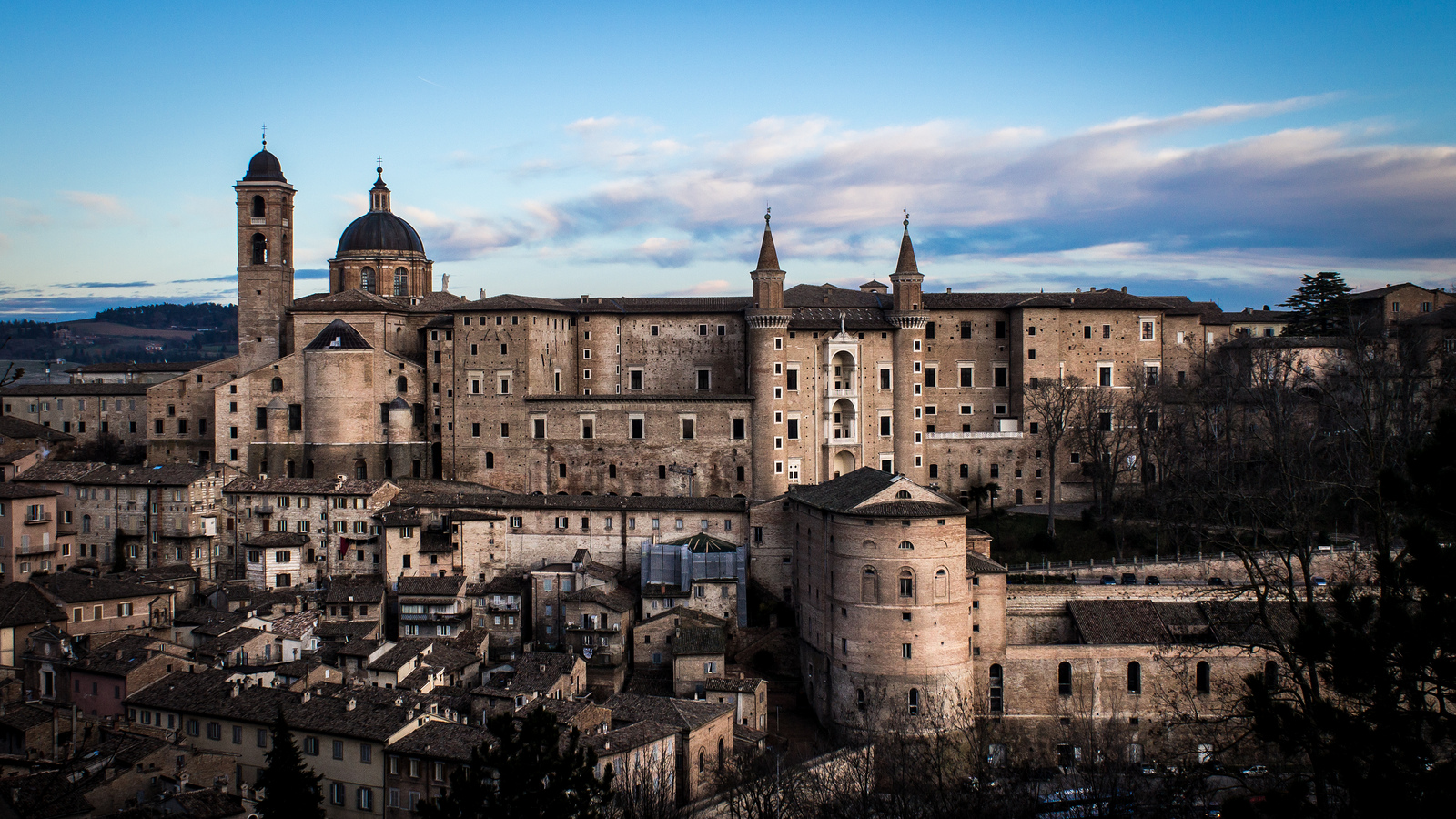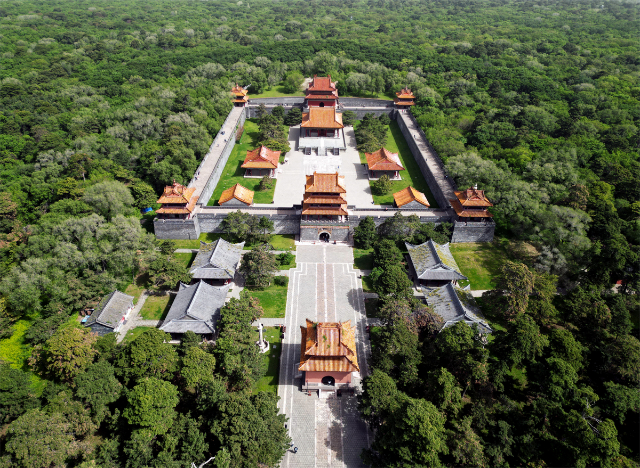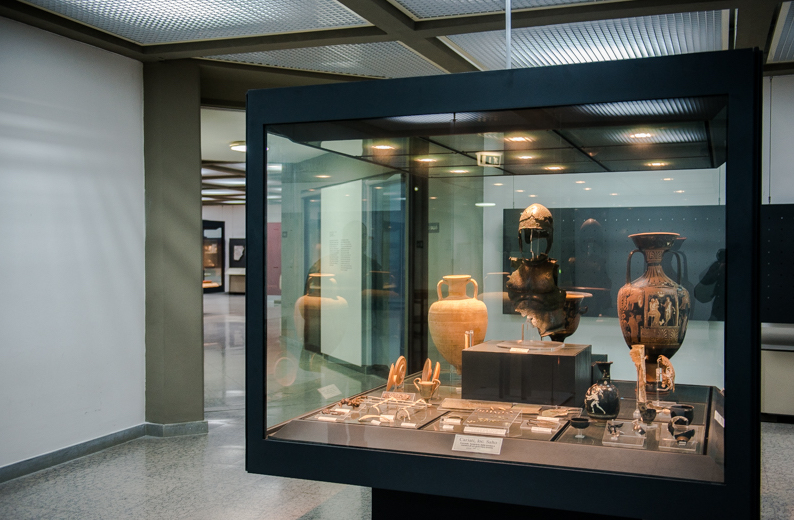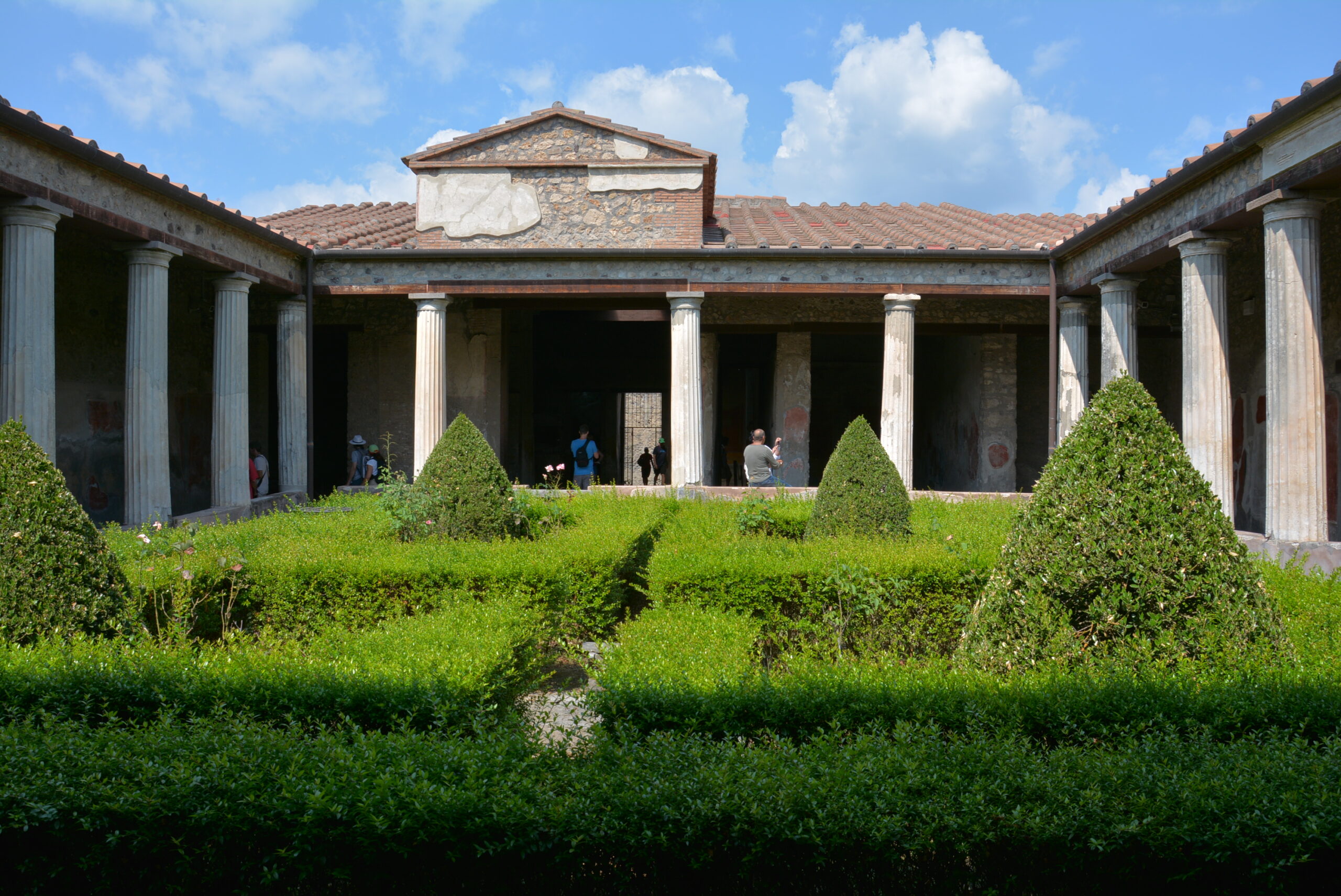Saksaywaman is an impressive citadel situated on the northern outskirts of Cusco, Peru, which served as the historic capital of the Inca Empire. The name “Saksaywaman” originates from the Quechua language, in which “waman” means falcon or variable hawk, symbolizing the strength and significance of the site. Known for its architectural grandeur and historical importance, Saksaywaman reflects the advanced engineering skills of the Incas and their predecessors.
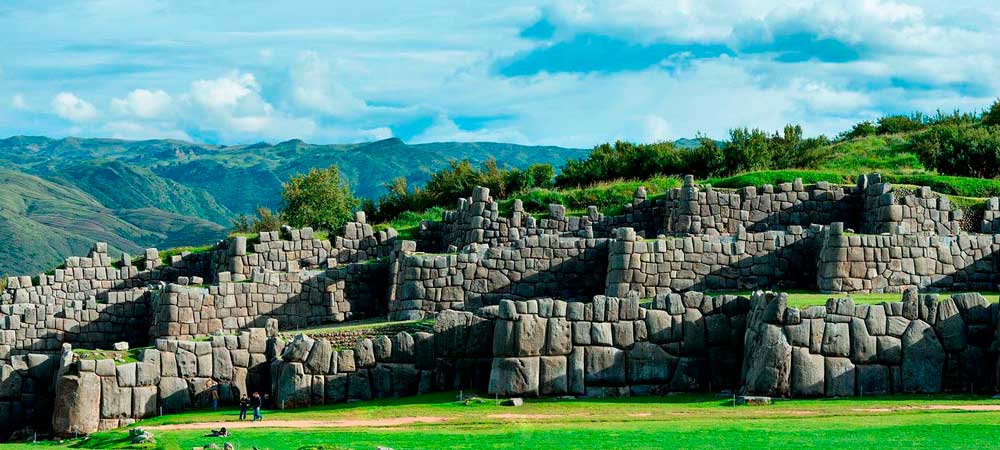
The construction of Saksaywaman began with the Killke culture around 1100, who initially established the foundations of the citadel. It was significantly expanded and enhanced by the Incas from the 13th century onward, who added many of the imposing dry stone walls that are a hallmark of the site today. These walls are renowned for their precise construction and the use of enormous stones, some weighing several tons, fitted together without the use of mortar in a technique known as ashlar. Remarkably, the boulders are so tightly joined that not even a piece of paper can slide between them.
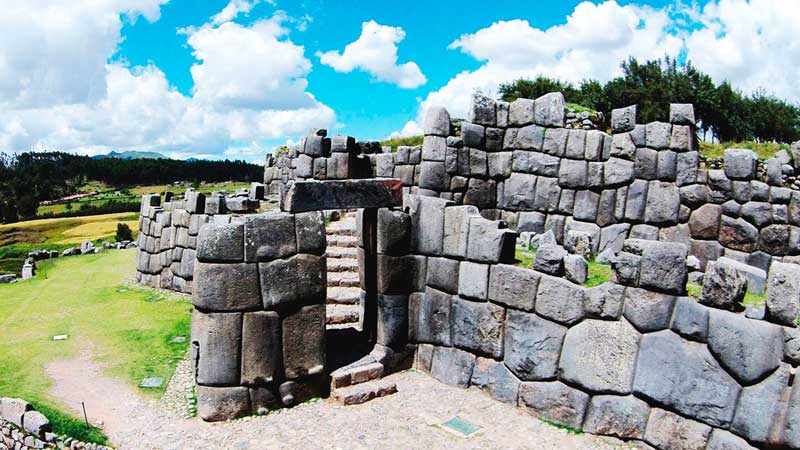
Perched at an altitude of 3,701 meters (12,142 feet) above sea level, Saksaywaman stands as a testament to the Inca’s strategic military and ceremonial prowess, providing a commanding view over the entire Cusco Valley—an aspect that was crucial for both defense and control over the region.
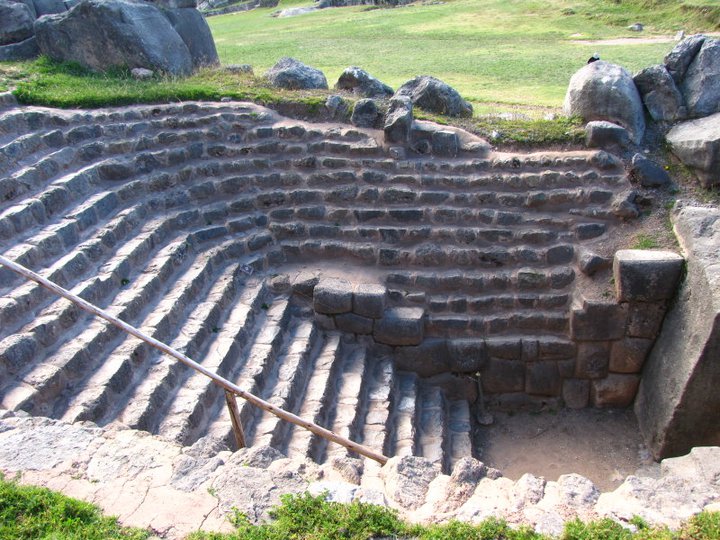
In 1983, both Cusco and Saksaywaman were jointly added to the UNESCO World Heritage List, recognizing their outstanding cultural value and remarkably preserved state. The site not only attracts historians and archaeologists but also thousands of tourists each year who come to marvel at the architectural achievements of the ancient builders.
Saksaywaman features several distinct zones, each with its own purpose, from large plazas that likely served ceremonial functions to residential areas that housed both the elite and the common people. The site is especially famous for its cyclopean walls—the zigzagging front walls that are composed of titanic stone blocks intricately locked together. These walls are believed to represent the teeth of the puma, with Cusco laid out in the shape of a puma, which was a sacred animal in Inca cosmology.
Visitors to Saksaywaman can explore a variety of structures, including towers, gates, and aqueducts, along with enjoying panoramic views of the surrounding landscapes. Guided tours are available and are recommended to gain deeper insight into the historical context and significance of the site.
For those planning to visit this iconic site, resources such as Secret World provide detailed travel guides and practical information. Additionally, the Secret World app can enhance your travel experience, offering extensive details about Saksaywaman and other cultural heritage sites, ensuring visitors receive a comprehensive understanding of this monumental citadel and its place in Inca and pre-Inca history. Whether you are drawn by its historical significance, architectural marvels, or simply the mystical allure of ancient civilizations, Saksaywaman offers a profound glimpse into the past civilizations of Peru.

